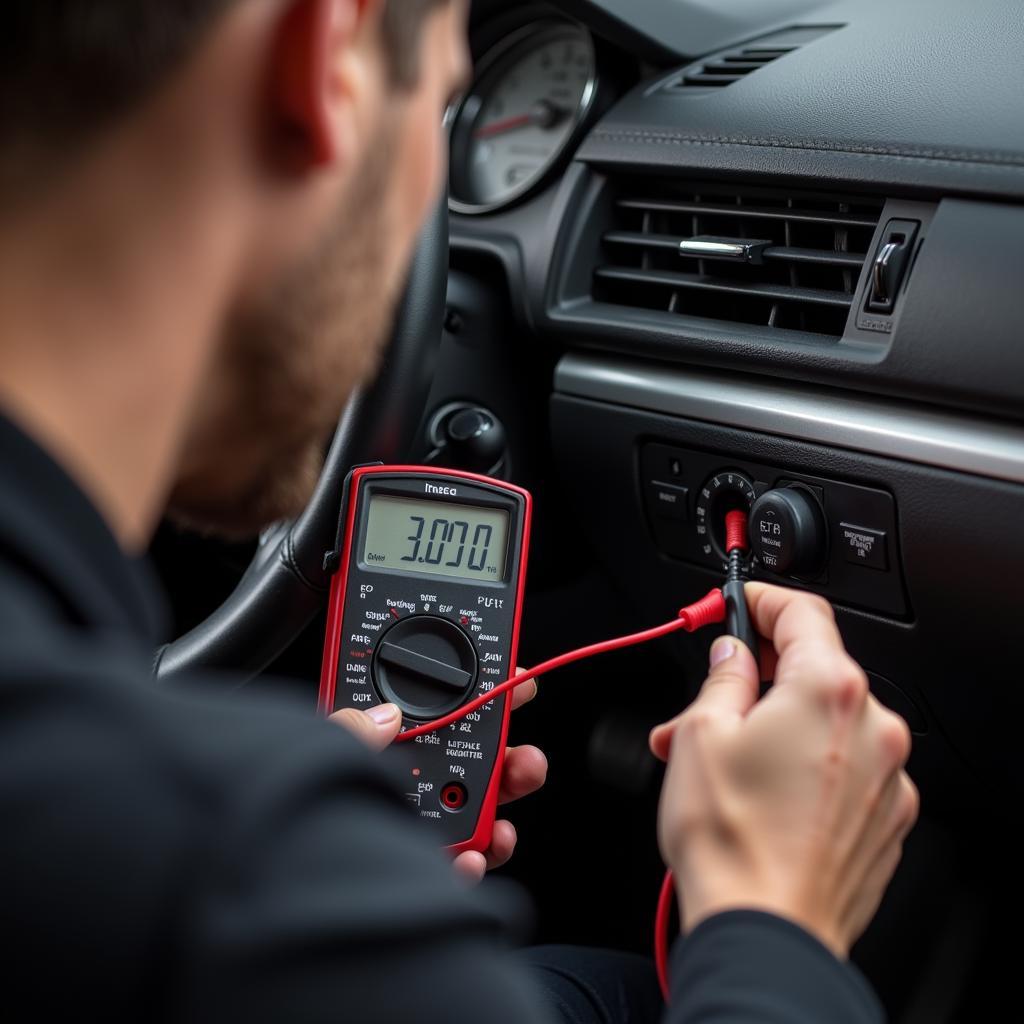Self driving cars have a problem: safer human-driven ones. The promise of autonomous vehicles revolutionizing transportation hinges on their ability to surpass human drivers in safety. While advancements are undeniable, achieving this level of safety presents significant challenges. This article dives into the complexities of this issue, exploring the hurdles faced by autonomous vehicles and examining how human drivers, for all their flaws, often maintain a safety edge.
The Safety Dance: Autonomous vs. Human Drivers
Autonomous vehicles, in theory, eliminate human error—a leading cause of accidents. They don’t get distracted, drowsy, or drive under the influence. Yet, they grapple with unpredictable scenarios, complex interactions with human drivers, and the nuances of real-world driving. Human drivers, while prone to errors, possess experience, intuition, and adaptability that current self-driving systems struggle to replicate.
Sensing the World: Limitations of Perception
A core challenge for self-driving cars lies in their perception systems. These systems, relying on cameras, radar, and lidar, can misinterpret data or struggle in adverse weather conditions like heavy rain or fog. Human drivers, leveraging a broader range of sensory inputs and experience, can often navigate these situations more effectively.
The Unpredictable Human Element
Predicting human behavior is a critical aspect of safe driving. While self-driving cars excel at following programmed rules, they can be thrown off by unpredictable human actions, like sudden lane changes or jaywalking. Humans, through social cues and learned experience, often anticipate these behaviors, contributing to safer outcomes.
The Ethics of Autonomous Decision-Making
Another hurdle for self-driving cars involves ethical decision-making in unavoidable accident scenarios. Programming these vehicles to prioritize certain lives over others presents a significant moral dilemma. Human drivers, in such situations, make split-second decisions based on instinct and ethical considerations, even though these decisions can be flawed.
Bridging the Gap: Improving Autonomous Safety
Despite the challenges, continuous advancements are being made in autonomous vehicle technology. Improved sensor technology, more sophisticated algorithms, and extensive testing are all contributing to safer self-driving systems. Integrating human-like reasoning and decision-making capabilities remains a key area of focus.
Are Self-Driving Cars Really the Future?
The question isn’t if self-driving cars will become commonplace but when. While challenges remain, the potential benefits of increased safety, reduced congestion, and improved accessibility are undeniable. The ongoing development and refinement of autonomous technology are gradually bridging the safety gap between self-driving and human-driven vehicles.
“Autonomous vehicles represent a paradigm shift in transportation,” says Dr. Emily Carter, a leading expert in autonomous systems engineering. “Overcoming the remaining safety challenges is crucial for realizing the full potential of this transformative technology.”
“The key lies in striking a balance between the precision of automated systems and the adaptability of human intelligence,” adds Dr. Carter. “This synergistic approach will pave the way for truly safe and reliable self-driving cars.”
In conclusion, self driving cars have a problem: safer human driven ones. Addressing the challenges related to perception, human interaction, and ethical decision-making is crucial for achieving widespread adoption of autonomous vehicles. While human drivers currently hold a safety advantage in certain areas, ongoing advancements in autonomous technology promise a future where self-driving cars surpass human capabilities, ultimately leading to safer and more efficient transportation systems. Connect with us at AutoTipPro for more insights and assistance. Our phone number is +1 (641) 206-8880 and our office is located at 500 N St Mary’s St, San Antonio, TX 78205, United States.






Leave a Reply